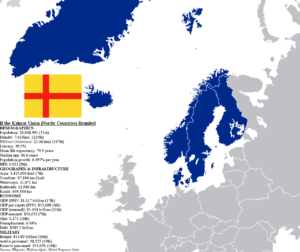The flag hoisting will take place at the Gaj Dwar, one of the three ceremonial entrances of the new building on September 17. The day coincides with the Vishwakarma Puja and Prime Minister Narendra Modi’s birthday.

New Delhi: A day ahead of the special session of Parliament, a ceremonial flag hoisting will take place at the new building on September 17. The day coincides with the Vishwakarma Puja and Prime Minister Narendra Modi’s birthday.
According to sources, the upcoming special session, slated to take place from September 18 to 22, will commence in the old building before relocating to the recently inaugurated New Parliament building. This will be the first session to be held within the premises of the New Parliament, which was officially unveiled by the Prime Minister on May 28.
The flag hoisting will take place at the Gaj Dwar, one of the three ceremonial entrances of the new building.
According to a report by the Indian Express, on Tuesday, the Central Public Works Department, responsible for the construction of the new building, initiated arrangements for a ‘national flag-raising event’. They initiated this process by issuing a tender for the procurement of a public address system.
The flag hoisting will done by Rajya Sabha chairman and Lok Sabha Speaker Om Birla. Prime Minister Narendra Modi is also expected to be present during the function.
As the session approaches, senior officials from both the Union Housing and Urban Affairs Ministry and the CPWD visited the new building on Tuesday. During these visits, they conducted final inspections to ensure optimal audio levels in the Rajya Sabha and tested the multimedia systems used by Members of Parliament, as reported by an official.





